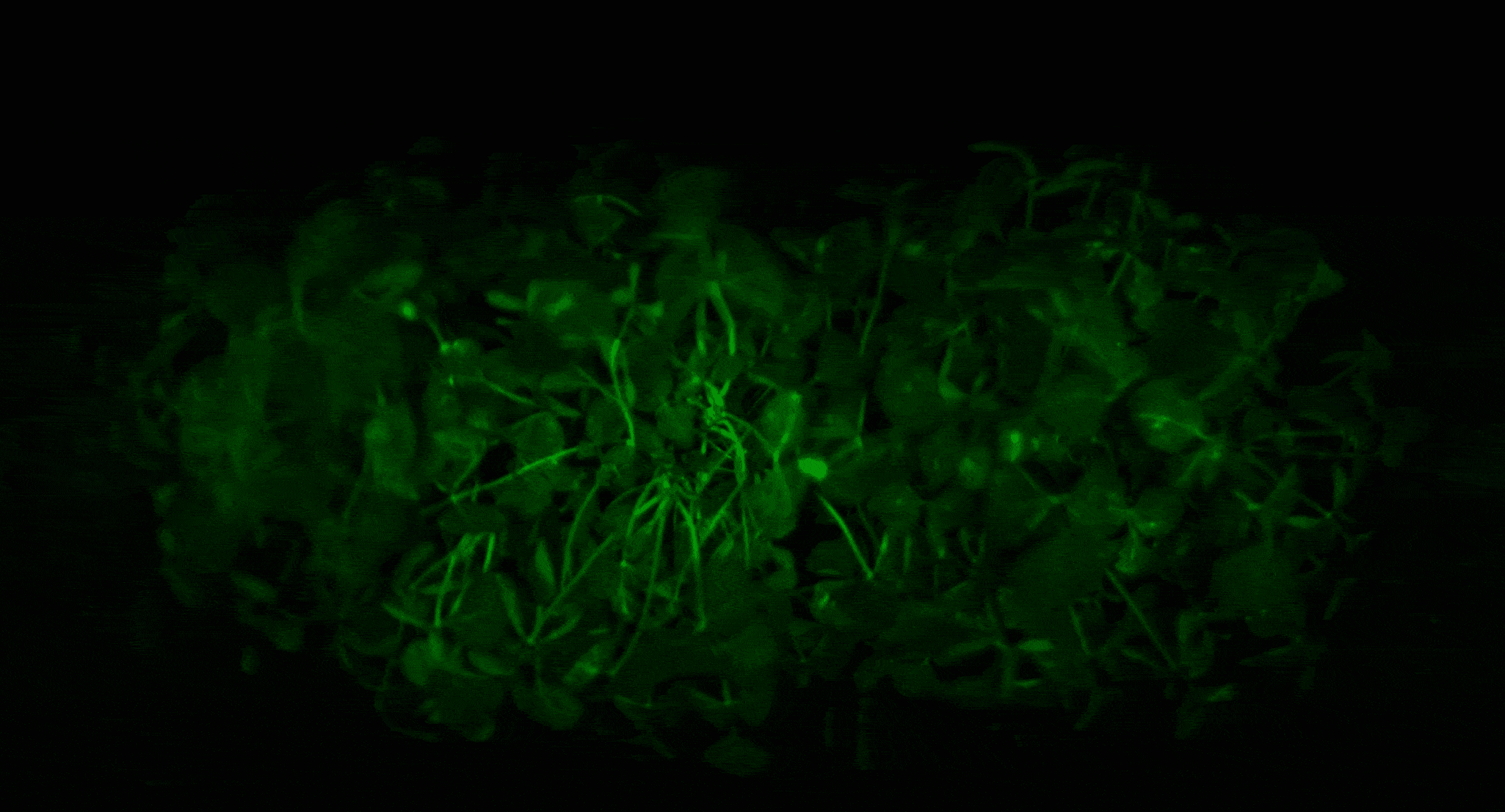Key Takeaways
- Gary Schaefer, Chief Commercial Officer at InnerPlant, explains how CropVoice™ and InnerSoy™ sensors detect fungal infections in real time through plant-generated optical signals.
- The system’s multi-layer validation process—combining field imaging, lab data, and weather analytics—ensures reliability before farmers receive alerts.
- InnerPlant is scaling rapidly, expanding from 50,000 acres in 2025 to more than 500,000 in 2026 through partnerships with CropLife 100 retailers.
- CropVoice enables precision fungicide application, improving ROI and reducing unnecessary input costs.
- Schaefer envisions a future where plants communicate stress directly, ushering in a proactive, data-driven approach to crop management.
Gary Schaefer on the Science Behind CropVoice™
“CropVoice is powered by InnerSoy sensors—genetically engineered soybeans that emit an optical signal when infected by fungal pathogens, like white mold or frogeye leaf spot,” said Gary Schaefer. “We know which genes plants activate under stress, so we insert DNA that tells the plant to produce a fluorescent protein when it starts fighting a fungal infection.”
This biological response is captured through specialized imaging systems, which detect the fluorescence and alert farmers through text messages or integrations like John Deere Ops Center. “Because the signal is directly tied to the plant’s physiology,” Schaefer added, “farmers get notified weeks before any visible symptoms appear—giving them time to act.”
Gary Schaefer on Achieving a Historical First
InnerPlant’s ability to detect infections before symptoms appear marks a milestone in agricultural science. “This achievement is the culmination of years of work by our team of geneticists, agronomists, and data scientists,” said Schaefer. The company combined genetic engineering, field-level detection, and advanced data modeling to build a system capable of recognizing infections in real time.
“This is the first time in history that plants themselves have communicated infection before any visible symptom,” Schaefer noted, describing it as the foundation of a new era in agronomic decision-making.
Validating the Signal: Accuracy Before Alerts
The CropVoice network uses multiple validation layers before issuing alerts. Optical signals from soybeans are cross-verified through lab analysis, field scouting, weather conditions, and advanced models. “By merging these datasets, we make sure every alert sent to a farmer is credible and actionable,” Schaefer explained.
Balancing Cost, Risk, and Return
“Farmers are constantly balancing cost and risk,” said Schaefer. “CropVoice helps them make smarter, more efficient fungicide decisions.” By alerting users weeks ahead of visible symptoms, the platform supports targeted fungicide application, improving ROI while reducing chemical usage and labor costs.
Scaling from 50,000 to 500,000 Acres
In 2025, CropVoice covered approximately 50,000 acres across key soybean-producing states. According to Schaefer, this will expand tenfold in 2026. “Our partnerships with CropLife 100 retailers are critical,” he said. “By next season, we expect over 100 retail locations to be actively involved, providing local expertise and supporting growers in the rollout.”
A Vision for Communication Between Plants and Farmers
“CropVoice is the launchpad for InnerPlant’s broader mission—helping plants communicate,” said Schaefer. “It’s our first commercial product, and its success is validating both our technology and our long-term vision.”
While the focus today is fungal detection in soybeans, InnerPlant is developing sensors for insect stress and planning expansion into corn and other crops. “Any stress that triggers a genetic response can be translated into a signal,” Schaefer explained. “That’s how we see CropVoice evolving into a full decision-support system.”
Building Trust Through Data Privacy
Farmer trust remains essential to adoption. “We’re transparent about how data is collected and used,” Schaefer emphasized. “Farmers have complete control, and we ensure that their data benefits them directly.” The company’s partnerships with agricultural retailers further ensure responsible handling of sensitive information.
Gary Schaefer's Visions: Toward a Proactive, Data-Driven Future
As climate variability increases disease pressure, Schaefer believes real-time crop intelligence will soon become standard practice. “For the first time in agriculture’s 10,000-year history, the plant is communicating its needs,” he said. “CropVoice represents a shift from reactive farming to proactive, data-driven management—where farmers can respond before damage occurs.”


